First, go to the mirror website of Tsinghua University to download the relevant version. I chose version 3.6, and my computer is ThinkBook14+, 64 bits. The corresponding version on the website is
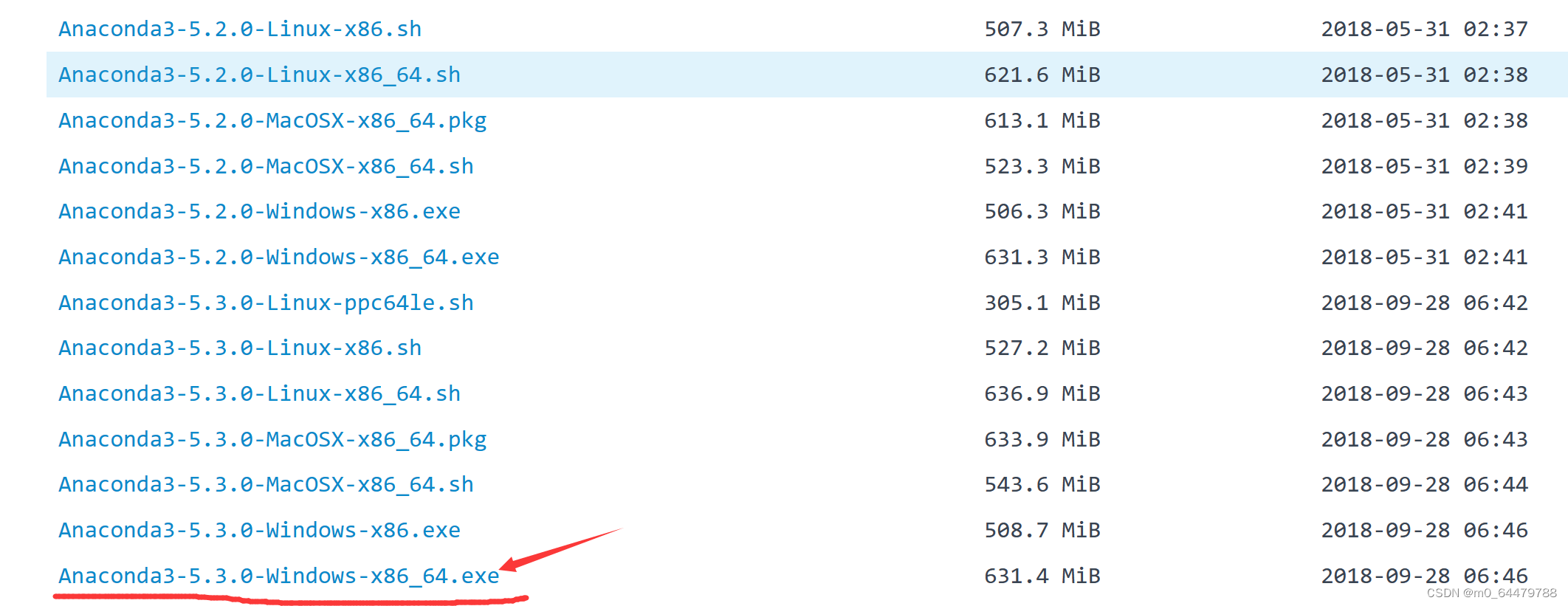
Click to download, for 32-bit, choose the one without _64 above.
installation started
1. Right-click the downloaded anaconda.exe --> open as administrator

2. Click next to proceed to the next step
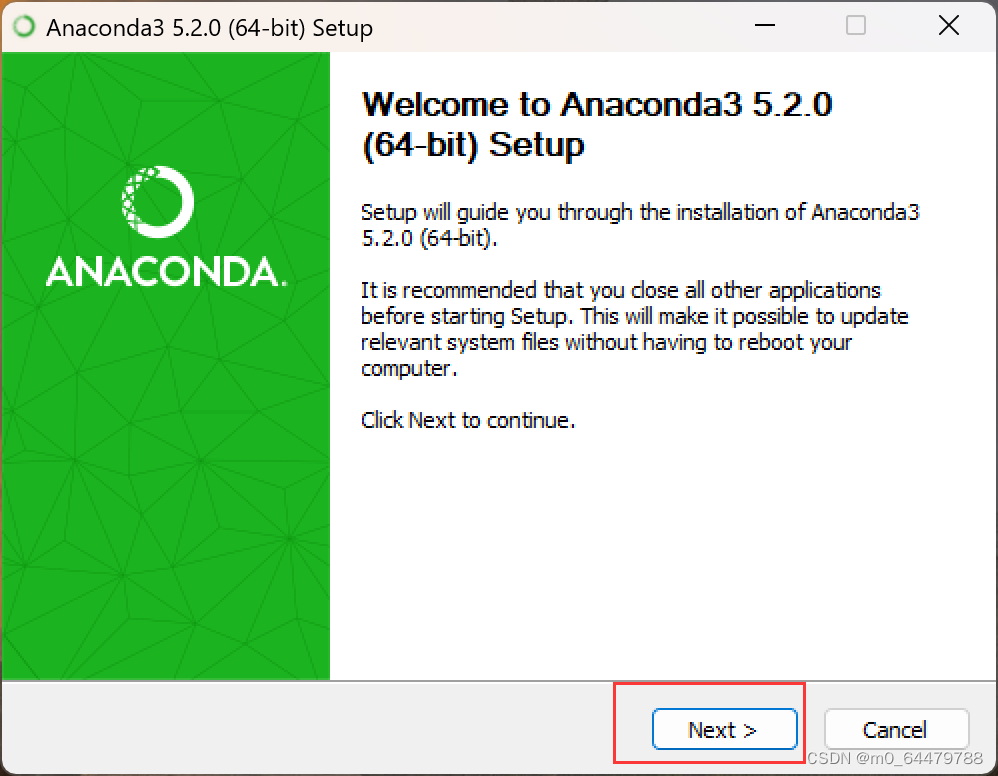
3. Click I Agree
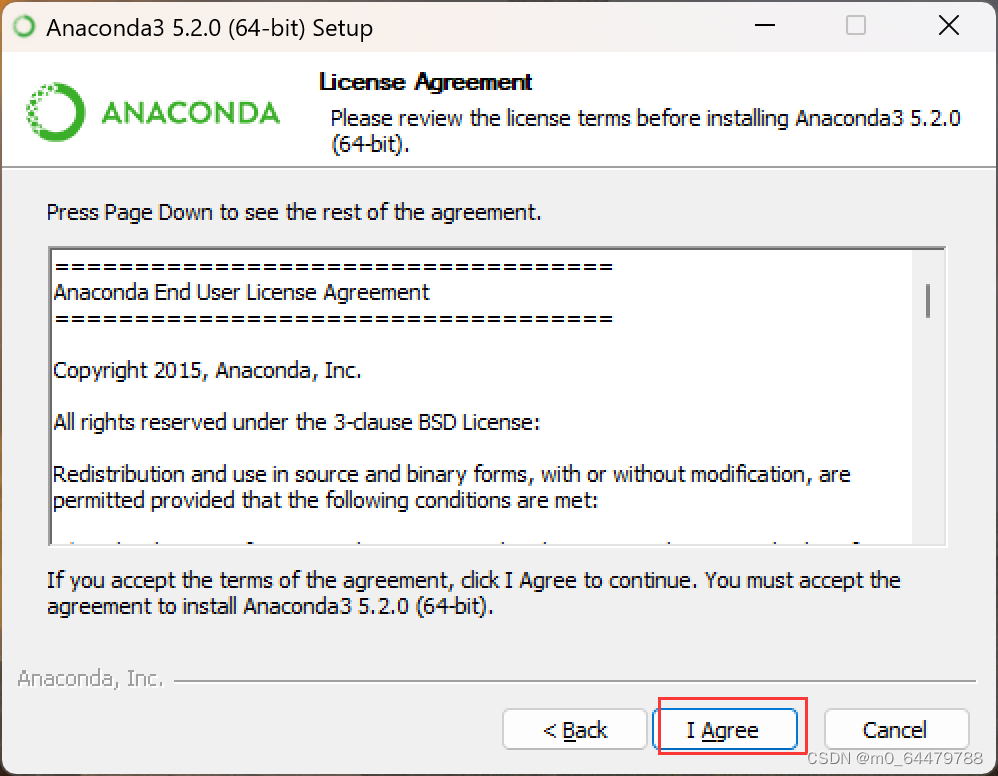
4. Choose Just Me. In theory, both options are fine. You can choose according to your needs. The difference is not too big. Then select next.
 5. Select the installation path, try not to have spaces here, otherwise there will be a warning, do not appear Chinese in the installation path, otherwise there will be some unexpected problems
5. Select the installation path, try not to have spaces here, otherwise there will be a warning, do not appear Chinese in the installation path, otherwise there will be some unexpected problems

6. The first of these two is to automatically add Python environment variables, and the second is to add manually. According to the installation steps of everyone on the Internet, they are all added manually. Of course, there are also automatic ones. The advantage of manual addition is that when you want to uninstall, you know Which one is configured by yourself. , click Install
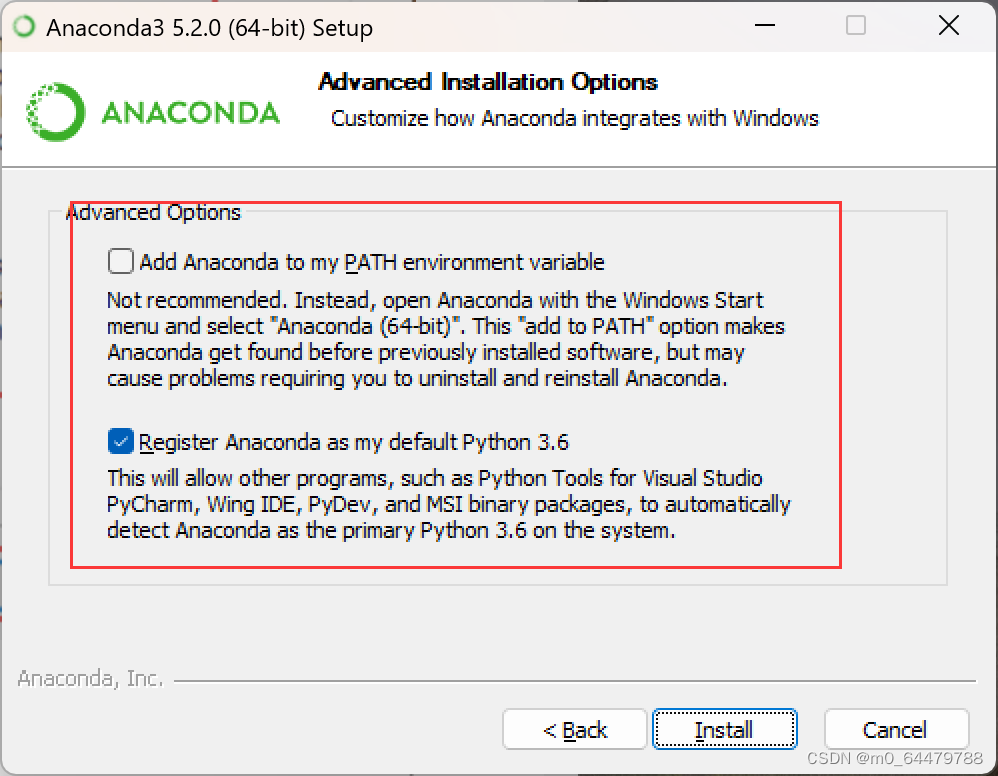
7. Wait for the installation, about 3-5 minutes

8. The installation is complete, click next

9. Finally click finish.
10. After completion, you need to configure the system environment variables. This step is not complicated, but it is critical, and it is prone to problems, so check and observe carefully.
To find environment variables, you can refer to this article Three ways to find win10 environment variables, have you learned them all? (baidu.com)
Right-click My Computer --> Click Properties ---> Select Advanced System Settings --> Click Environment Variables --> Select System Environment Variables ! ! ! Note that it is not a user variable --> click Edit --> select New, add all three  , it is your installation path, you can modify your own installation path , as shown in the figure.
, it is your installation path, you can modify your own installation path , as shown in the figure.
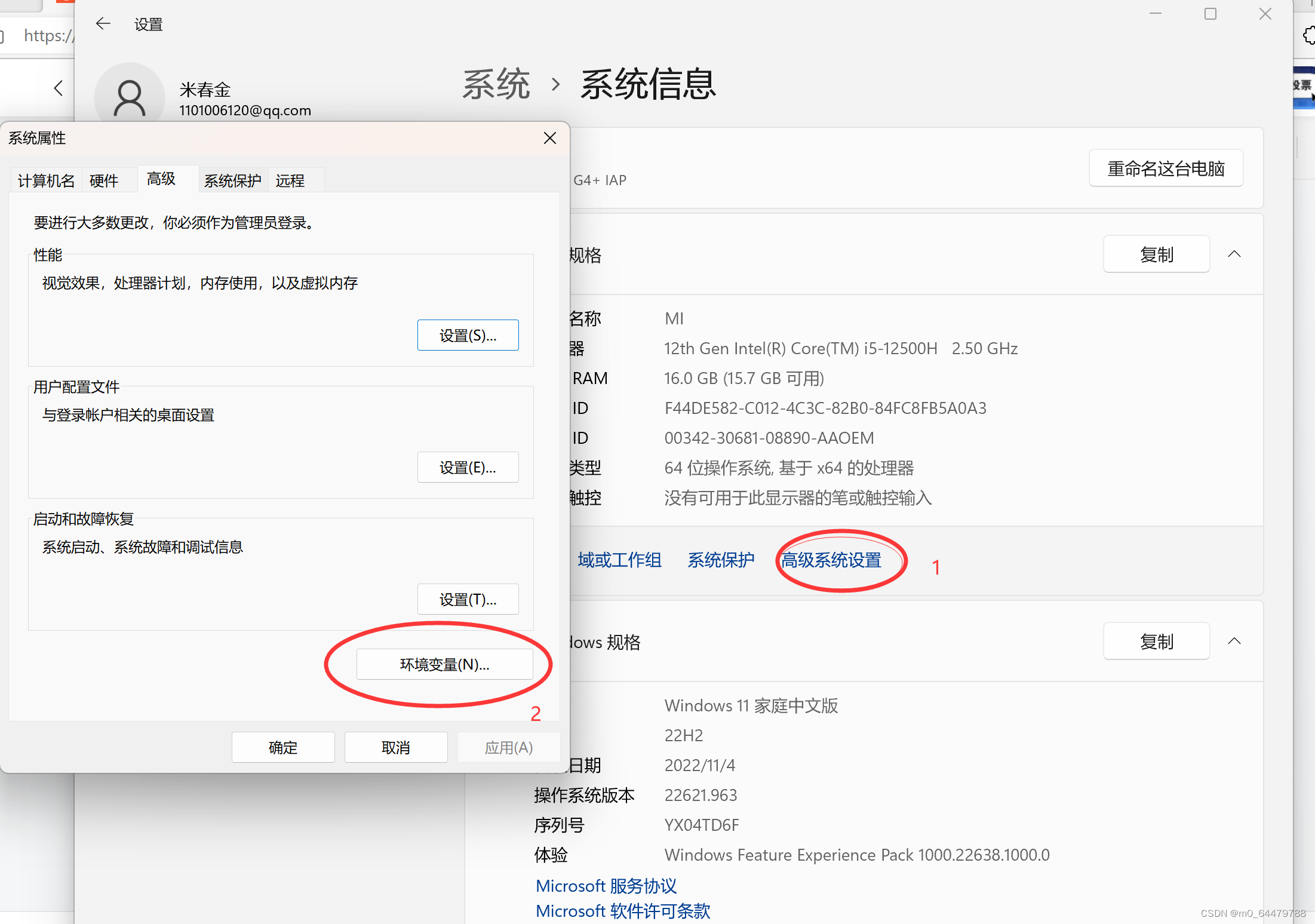

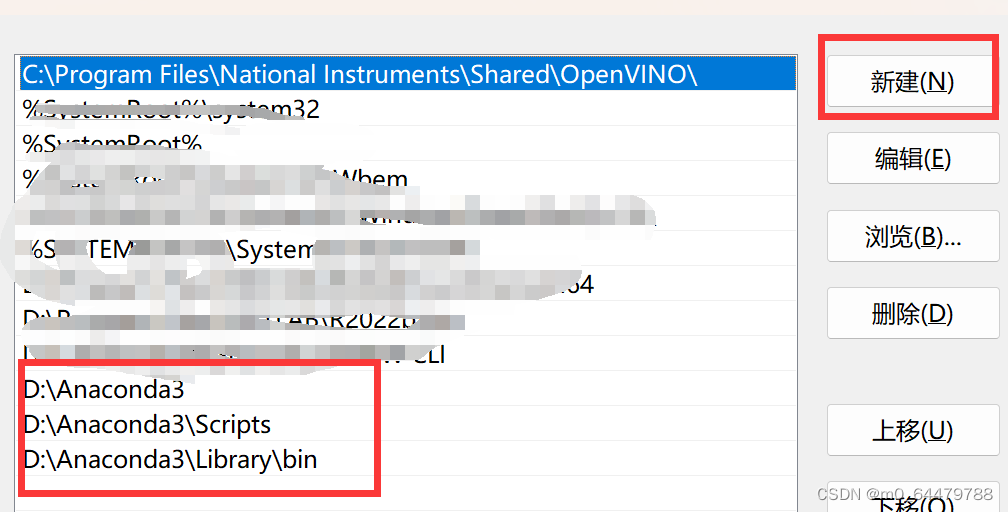
After adding, click OK --> OK, and close the setting interface.
11. Press Win+R on the keyboard to enter the command --> enter cmd and press Enter to open the command window


12. Then enter conda --version and press Enter, and the content shown in the figure will appear

13. Then enter conda info to view the version information, the version is installed successfully

14. Enter activate and press Enter, then enter Python, you can see the installed Python version, so far, the anaconda installation is complete. Can run Python code

Click to close, you can see the installed software during operation, and finally put it on the desktop.
,